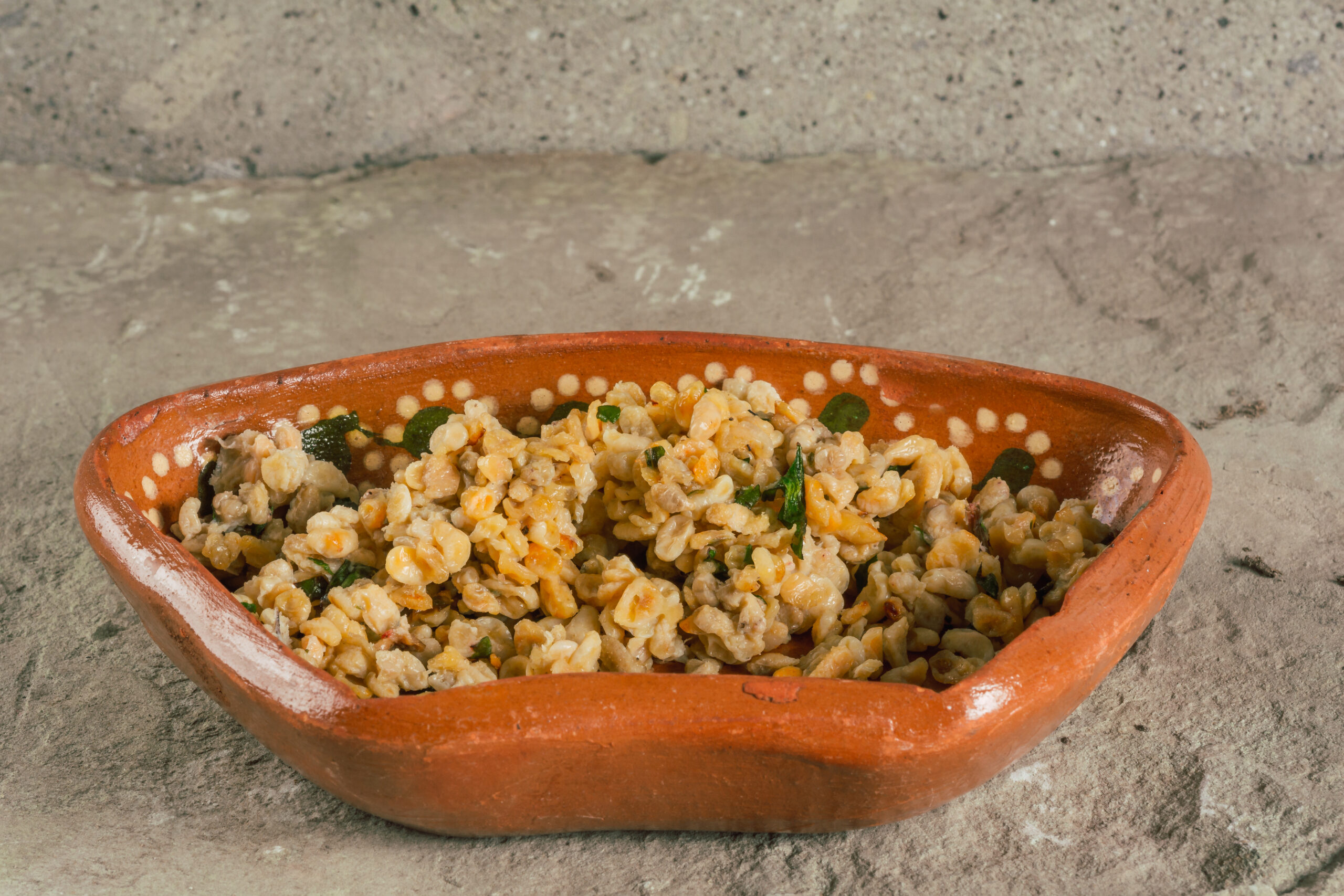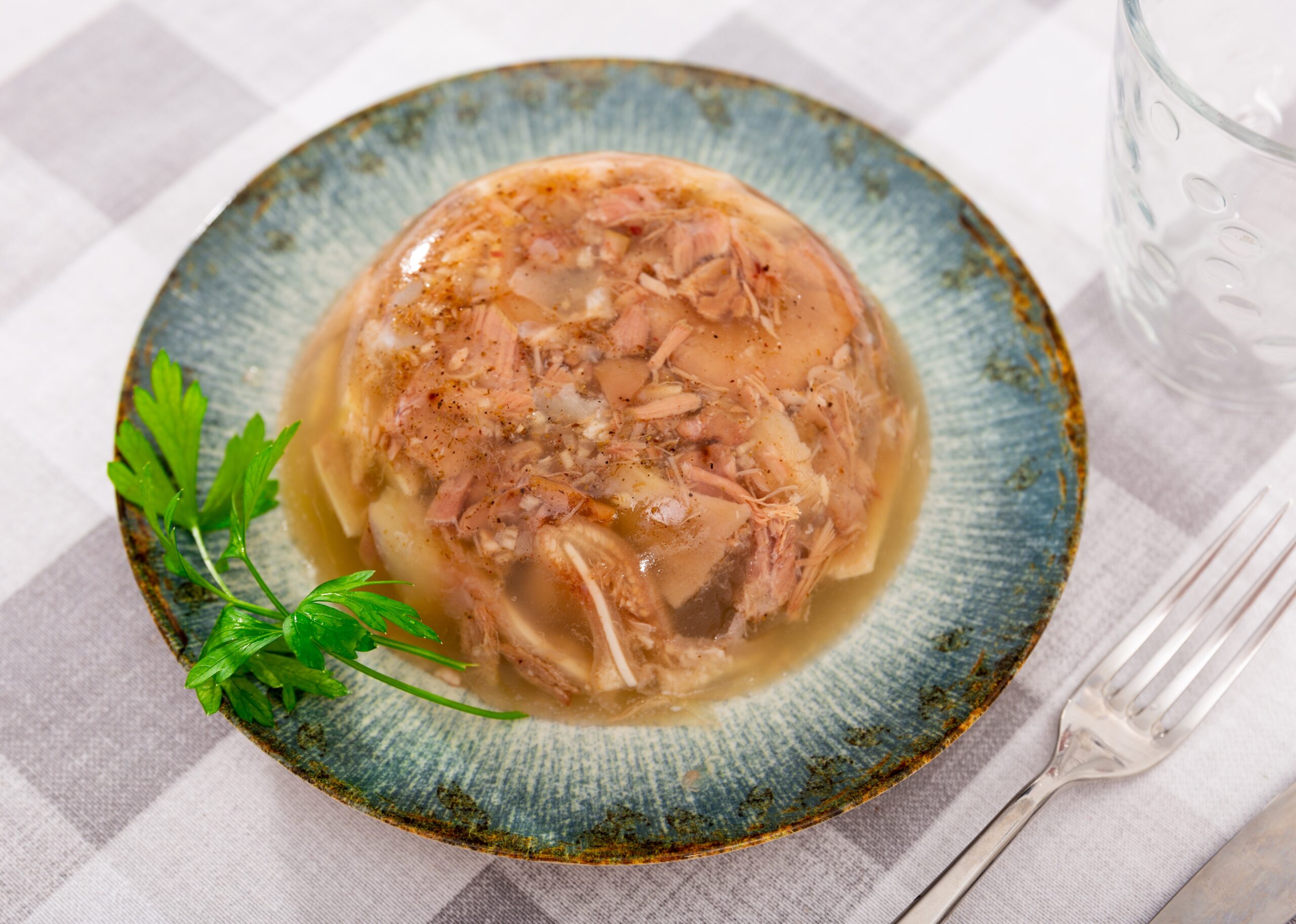Across the globe, many culinary traditions have fallen out of favor as modern trends take over kitchens. Some of these forgotten techniques, ingredients, and dishes offer a window into the past, representing the unique cultural and environmental conditions of their time. Here are 13 culinary traditions that once held a significant place in the culinary world.
Contents
- 1 Indigenous Australian Kangaroo Tail Stew
- 2 Ethiopian Tihlo
- 3 Scottish Festive Haggis with Sheep’s Stomach
- 4 Vietnamese Balut (Fertilized Duck Egg)
- 5 Mexican Escamoles (Ant Larvae)
- 6 Icelandic Hakarl (Fermented Shark)
- 7 Armenian Ghapama (Stuffed Pumpkin)
- 8 Japanese Funazushi
- 9 Native American Acorn Bread
- 10 Egyptian Feteer Meshaltet
- 11 Persian Ash-e Reshteh
- 12 Russian Kholodets (Aspic)
- 13 Tanzanian Makande
- 14 More From RetailShout
- 15 21 Aldi Just Brought Back Its Best Holiday Products Early
- 16 10 Amazing Food Hacks for an Unforgettable Camping Trip
Indigenous Australian Kangaroo Tail Stew

Before European colonization, Indigenous Australians crafted hearty stews from kangaroo tails, using hot coals to cook the meat slowly. Rich in flavor and nutrients, this dish was a central part of their diet, especially in the arid outback regions. Traditionally, the kangaroo tail was wrapped in paperbark and placed in earth ovens to enhance its tenderness. While kangaroo meat remains available, this ancient method of preparation has become less common. Reviving this dish not only connects to Australia’s history but also promotes sustainable, native food sources.
Ethiopian Tihlo

Tihlo is a barley-based dish from northern Ethiopia, specifically Tigray, that predates the more widely known injera. The barley is roasted, ground, and mixed with water to form small balls, which are then eaten with spicy meat stews. Once a staple of the highland communities, tihlo is now rare outside its region, overshadowed by Ethiopia’s growing tourism and focus on injera-based cuisine. Efforts are being made to preserve tihlo, as it embodies an older, rural culinary tradition. Its chewy texture and robust flavor make it a unique experience for those who seek ancient Ethiopian food.
Scottish Festive Haggis with Sheep’s Stomach

Haggis, a Scottish delicacy made from sheep’s heart, liver, and lungs, encased in the animal’s stomach, has deep historical roots. It was once a celebratory dish served at family gatherings and special events, particularly during Scotland’s rural festivals. Though modern haggis is still available, the original version, cooked with the stomach as a casing, has become less common. The dish’s hearty, rustic flavor and significance in Scottish culture often overshadow its off-putting ingredients. This centuries-old tradition is slowly fading as culinary preferences shift toward more refined tastes, despite its cultural importance.
Vietnamese Balut (Fertilized Duck Egg)

Balut, a fertilized duck egg with a partially developed embryo, has long been a delicacy in Vietnam. Traditionally, it was served as a nutritious street snack rich in protein, often paired with salt, lime, and herbs. However, balut is now less popular among younger generations due to its controversial nature and changing dietary preferences. The dish’s cultural significance lies in its roots as a high-energy, easy-to-prepare food that sustained rural populations. Despite its decline, balut remains a significant, albeit fading, piece of Vietnamese culinary history.
Mexican Escamoles (Ant Larvae)

Once a staple of the Aztecs, escamoles—ant larvae harvested from the roots of agave and maguey plants—were considered a delicacy in pre-Columbian Mexico. This unique dish is highly nutritious and has a slightly nutty flavor. Though it remains available in rural areas, escamoles have largely disappeared from urban Mexican cuisine, overshadowed by more accessible and less labor-intensive foods. As people shift away from traditional foraging, this once-important food source risks being forgotten. The larvae are a reminder of Mexico’s complex relationship with the natural environment and its ancient culinary techniques.
Icelandic Hakarl (Fermented Shark)

Hakarl, a traditional Icelandic dish made from fermented Greenland shark, was once a survival food for Icelanders living in harsh climates. The shark’s flesh is toxic when fresh, but the fermentation process neutralizes the toxins, making it safe to eat. The dish has a strong, pungent flavor that divides opinion, but it was vital to the diets of early Icelandic communities. With refrigeration and modern food imports, hakarl has become less of a necessity and more of a niche food for curious tourists. Its decline reflects Iceland’s evolving food culture, but it remains a symbol of resilience and survival.
Armenian Ghapama (Stuffed Pumpkin)

Ghapama is a festive dish in Armenia, traditionally made during holidays and special family gatherings. A pumpkin is hollowed out and filled with a mixture of rice, dried fruits, nuts, and spices, then baked until tender. Though still occasionally prepared for special events, the dish has largely faded from everyday Armenian cooking. Its origins stem from agricultural communities that relied on seasonal produce like pumpkins and dried fruits for sustenance. Ghapama represents a celebration of Armenia’s agrarian roots, but today, it is often overshadowed by more modern holiday dishes.
Japanese Funazushi

Funazushi is one of Japan’s oldest forms of sushi, originating over a thousand years ago. This dish involves fermenting freshwater carp (funazushi) for several months to a year, producing a pungent, deeply savory flavor. It was a staple of Japan’s Lake Biwa region, where fermentation was a key preservation method. With the rise of more palatable forms of sushi, such as nigiri and maki, funazushi has declined in popularity, becoming a rare and specialized delicacy. The tradition is a testament to Japan’s long history of fermentation, but it is at risk of fading from the culinary landscape.
Native American Acorn Bread

Before the introduction of European grains, many Native American tribes used acorns as a primary food source, grinding them into flour to make bread and porridge. The labor-intensive process of leaching out the bitter tannins from acorns made this a seasonal and community-centered activity. Acorn bread, with its nutty flavor and dense texture, was once a staple food in many regions of North America. However, with the arrival of wheat and corn, acorn-based dishes have largely disappeared. This tradition not only highlights the ingenuity of Indigenous food practices but also connects to sustainable, foraged ingredients.
Egyptian Feteer Meshaltet

Feteer Meshaltet, an ancient Egyptian pastry made from layers of dough and ghee, was once a symbol of hospitality and celebration. Traditionally offered to guests or at religious festivals, this flaky, buttery pastry can be filled with sweet or savory ingredients. Over time, it has fallen out of favor as modern, quicker-to-make pastries became more popular in Egypt. Despite its decline, feteer remains a culinary relic of Egypt’s rich history, reflecting the country’s love for layered, textured dishes. In rural areas, the tradition persists, but in urban centers, it’s now more of a rare treat than a regular dish.
Persian Ash-e Reshteh

Ash-e Reshteh is a thick, hearty Persian soup made from beans, herbs, and noodles, often served during the Persian New Year (Nowruz) as a symbol of good fortune. Though the dish is still part of Nowruz celebrations, it has become less common in everyday meals. Traditionally, it was made in large quantities to feed families during winter, offering sustenance and warmth. As modern cooking trends favor faster, lighter meals, ash-e reshteh risks being relegated to a festive-only dish. Its slow-cooked preparation and nutritious ingredients reflect Persian culinary traditions rooted in community and care.
Russian Kholodets (Aspic)

Kholodets, a traditional Russian dish made from gelatinous meat stock and filled with chunks of meat or fish, was once a staple at Russian holiday tables. The dish is chilled until firm and sliced, served cold with mustard or horseradish. While it was popular in Soviet-era households, kholodets has since fallen out of favor with younger generations, who find the texture and presentation less appealing. It was originally prized for its ability to stretch simple ingredients into a substantial meal, but modern Russian cuisine has moved away from these resourceful, yet time-consuming, dishes.
Tanzanian Makande

Makande is a traditional Tanzanian dish made from maize and beans, slow-cooked together to create a thick, hearty stew. Once a staple food in rural communities, it has been overshadowed by faster, more modern dishes in urban areas. Makande was valued for its simplicity and the availability of its ingredients, providing essential nutrients for hard-working farmers. While it is still eaten in some parts of Tanzania, the rise of global cuisine and processed foods has led to its decline in popularity. Reviving this dish could reconnect communities with their agricultural past and promote local, sustainable eating.
This article originally appeared on RetailShout.
More From RetailShout
18 Comforting Dessert Recipes from Grandma’s Kitchen

Nowhere ever feels more like home than at your grandma’s, and nothing beats the warmth and comfort that comes from spending time in her kitchen. With every stir and sprinkle, there’s a sense of love and tradition passed down through generations. Read More.
21 Aldi Just Brought Back Its Best Holiday Products Early

ALDI just brought back some of its best holiday products, and it’s time to get excited. These aren’t your average grocery store finds—this lineup is all about gourmet flavors and unique treats that you can’t always find year-round. Read More.
10 Amazing Food Hacks for an Unforgettable Camping Trip

Camping doesn’t mean you have to sacrifice good food and flavors. With these amazing camping food hacks, you can enjoy tasty, hassle-free meals under the stars. Read More.






